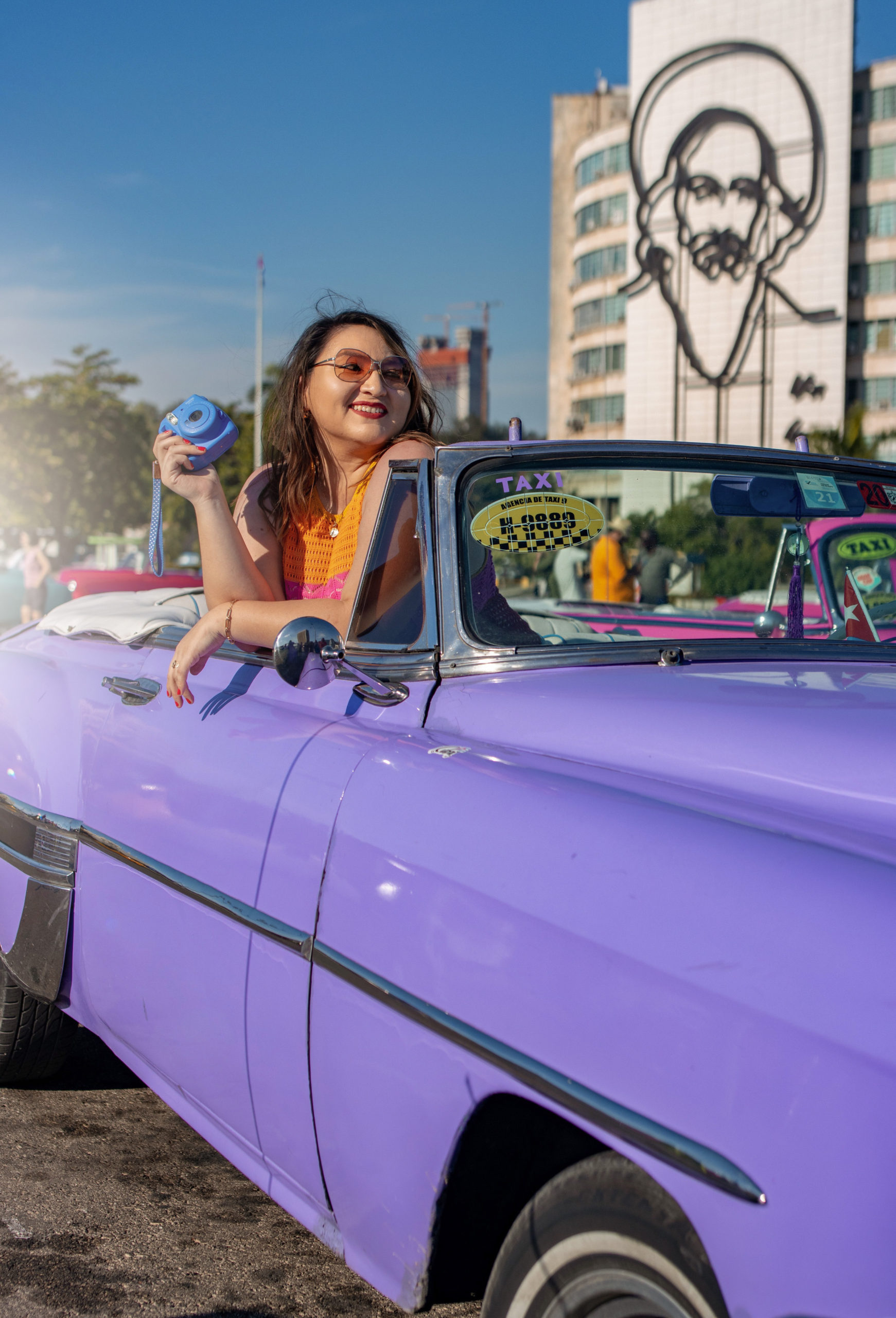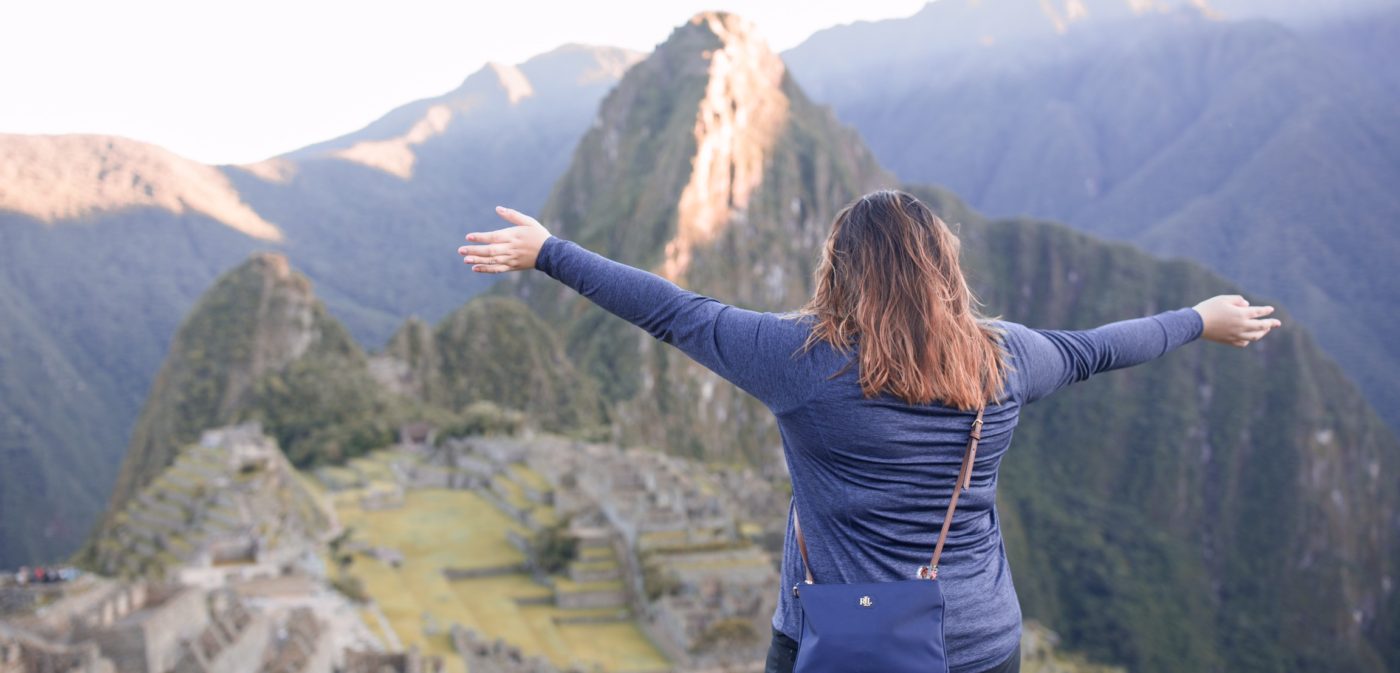
I’m American and I Went to Cuba!
Contrary to what you’ve heard, yes, it is legal for Americans to visit Cuba! Let me tell you how:
Because of the history U.S.-Cuba relations, it’s easy to assume that traveling to Cuba as an American is impossible. Sanctions were placed on Cuba back in 1962, and U.S. citizens were forbidden from visiting, until some restrictions were lifted back in 2016. While Americans simply cannot visit Cuba “just for tourism,” we can still apply for a visa under a general license. Sounds complicated? This “license” is not something you apply for, rather something you qualify for. The general license is made up of 12 categories of authorized travel. As long as your travel plans satisfy the conditions of one of these categories, you can apply for a Cuban visa.

The Categories of Authorized Travel to Cuba:
- Educational Activities
- Support for the Cuban People
- Professional Research and Professional Meetings
- Public Performances, Clinics, Workshops, Athletic and other competitions, and Exhibitions
- Journalistic Activity
- Humanitarian Projects
- Religious Activities
- Family Visits
- Activities of private foundations or research or educational institutes
- Exportation, importation, or transmission of information or information materials
- Certain authorized export transactions
- Official business of the US government, foreign governments, and certain intergovernmental organizations
The easiest category to travel under as an American is the “Support for the Cuban People.” Personally, I feel this is the best way to truly be immersed with the Cuban culture and people.
What is “support for the Cuban people”?
A big part of restriction on travel to Cuba is the U.S. government against any of our money going towards to the Cuban government, which has been suppressing its people for years. Cuba is still undergoing a major economic crisis, with thousands fleeing the country. For most, basic necessities like food and medicine are hard to find, and whatever is available is too expensive for the average Cuban.
“Support for the Cuban people” is loosely interpreted, as there is no actual guideline as to what exactly this entails. You do want to make sure you are supporting small businesses while you are there. This can include eating from non-state run restaurants, shopping from local artists at the handicraft markets, or staying at casa particulares instead of government owned hotels. Casa particulares are like Airbnbs — Cubans rent out rooms in their home for visitors. This is also a great way to truly experience what Cubans really live like.


Another way you can prove support for the Cuban people is by bringing donations. As previously mentioned, basic things like medicine and clothing are hard to come by for Cubans. Bring little things like toothbrushes, Advil, tampons, baby wipes and diapers, or even small toys. You can usually just hand them out as you’re walking around Havana, but if you plan to drive around from city to city, you can also ask your driver to stop by lesser visited towns.
You qualify for a general license to travel. Now what?
If you qualify for travel under one of the 12 categories, you will want to make sure you plan a guided visit. While independent travel is possible, it’s much easier to have a tour company plan out your stay, as you typically cannot book activities or stays at casa particulares from U.S. websites. Also, if you want to get to know Cuba outside of Havana, it helps to have a driver and tour already set up before you get there. Having a guided tour also ensures there would be some kind of record of daily activities that show how you will be supporting the Cuban people.
Apply for Cuban visa beforehand.
Next step is to apply for a Cuban visa. Depending on the airline you book with, you may be able to purchase a visa at the check in counter, but it will most likely be cheaper online. If your airline does not provide visas, you can apply for one through this link: https://cubavisaservices.com
*Make sure to apply for your visa at least a month prior to departure, to ensure timely delivery.
You will also need to purchase travel insurance for your trip to Cuba. Some airlines will include insurance as part of the ticket price, so make sure to double check with your airline.
Lastly, you will also need to fill out this form, which is basically a traveler information, health questionnaire and customs form all in one: https://www.dviajeros.mitrans.gob.cu. Upon completion, you will receive a QR code that you will need to present once you land in Cuba.

What happens at the airport?
Check in and arrival at Cuban customs can go different ways. The first time I visited, I had to show my itinerary along with the address I was staying at while in Cuba. The second time, I was able to self check-in at the kiosk and once I arrived in Cuba, they simply scanned my QR code and stamped my visa, with no questions asked. For others on my trip, they had to show proof of Covid vaccine and health insurance, as well as proof of a return flight out of Cuba. While on line to go through Cuban customs, I also heard some people being asked what exactly the purpose of their visit was.
To be prepared, you will want to make sure to either have a copy or screenshot of the following:
- QR code after completing D’Viajeros form
- Return flight information
- Detailed itinerary and address while in Cuba
- Covid vaccine card
- Travel insurance
- Be prepared to answer how your visit will “support the Cuban people.” (If U.S. or Cuban customs officers ask, don’t say your purpose for visiting is for tourism!)
Hope this post clarifies a lot of myths about Americans traveling to Cuba! It definitely is simple for U.S. citizens to travel there, and surely a trip worth taking!
For more on travel to Cuba, click on the link below:
https://mybucketlistjourneys.blog/?s=+cuba
SAVE THIS POST ON PINTEREST FOR LATER:






Comments